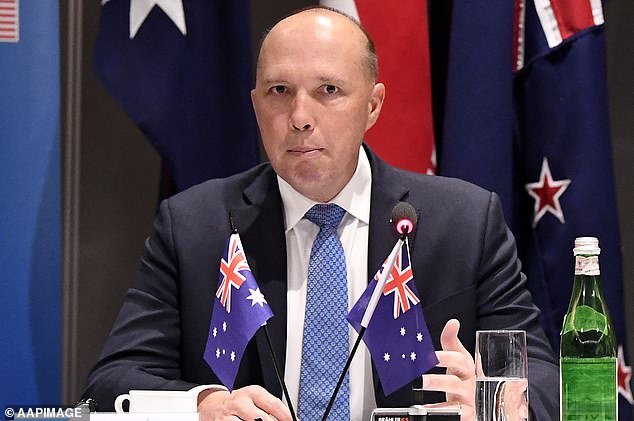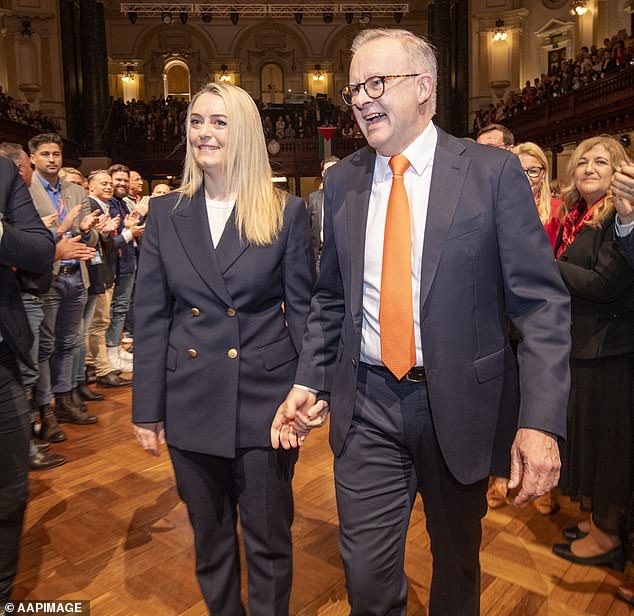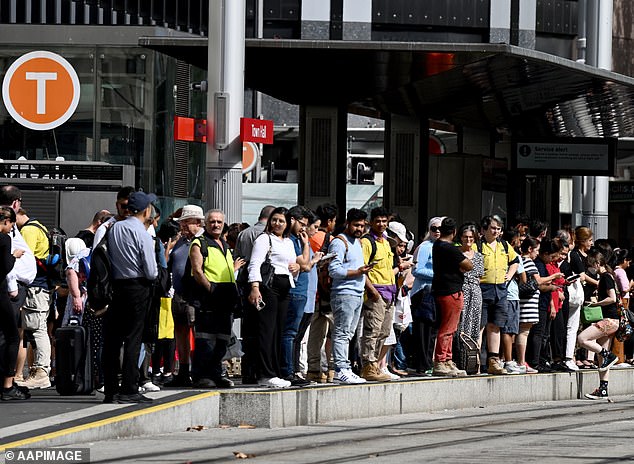Immigration and its impact on the community will be a hot topic in this year’s federal elections.
There is no escaping the fact that the immigration rate has far exceeded the expectations and promises of recent years.
The view of many voters is that it is also having a detrimental impact on the cost of living.
Whether it’s housing prices, rental availability or traffic congestion in our many cities, migration is to blame.
Which is undoubtedly why both major parties have committed to reducing the rate. If you believe in promises, that is.
For years, immigration has blocked Australia’s economic growth. Treasurers have used it to shore up their budgets, disguising otherwise low per capita growth levels.
More recently, the role of immigration in avoiding recession has been even more directly relevant.
Simply put, without the hundreds of thousands of immigrants coming to the country each year, Australia would be in a technical recession.
During the last financial year, 445,600 migrants moved to Australia, down from an all-time high of 548,800 in the year to September 2023.
During the Howard years, the then coalition government used its tough border protection policies to mask potential public dissatisfaction with record levels of legal immigration.
John Howard was able to increase immigration rates, his supporters would say, because he was known for being tough on illegal immigration: “stop the boats.”
Without that stick, the economic carrot of immigration helping the budget’s bottom line likely would have sparked a backlash from voters.
Remember, city congestion, rising property prices and a tight rental market are nothing new.
When Howard walked a fine line regarding record levels of immigration, there were isolated opponents willing to denounce him.
And not just the usual suspects on the Coalition’s right flank, like Pauline Hanson.
Former New South Wales Premier Bob Carr was an outspoken critic of high immigration rates, a contrary view within the Labor Party at the time.
As state premier, he well understood the disadvantages of high immigration rates, in contrast to what was the conventional wisdom about the economic boost that immigration provided at the time.
Fast forward to today, and Opposition Leader Peter Dutton is trying to walk both sides of the aisle on this controversial issue.
His rhetoric has consisted of calling for cuts to immigration, a populist position without a doubt.
Dutton used his budget response in May last year to pledge to reduce immigration to 140,000 a year. Remembering that not long ago it reached half a million.

Peter Dutton during his tenure as Home Secretary. Migration is set to be an important issue in the upcoming 2025 federal election campaign. It has slightly changed its rhetoric on the matter.

As the upcoming election campaign formally begins, the immigration debate is expected to heat up even more.
The opposition leader’s commitment focused on humanitarian and refugee migration. He also promised to reduce the number of international students.
However, now that the election is on the cards and the prospect of a coalition government is no longer a fairy tale, Dutton has changed his rhetoric slightly.
He now promises to read the economic tea leaves if he wins the election, and only keeps his promise to reduce the numbers if economic circumstances support such a change.
Why the change? It is partly a question of how the Coalition formulates its alternative budget forecasts, but it is also a response to the business community.
Big business has expressed deep concern about further reductions in immigration in planned budget estimates.
Dutton said the same thing in the second half of last year.
Now the opposition simply says it will reduce immigration, but will not commit to the precise goal.
As the next election campaign formally begins, the debate over immigration can be expected to intensify further.
Even if the major parties try to avoid sharp contrasts in their approaches to the issue, minor parties on both the left and the right will apply pressure.


